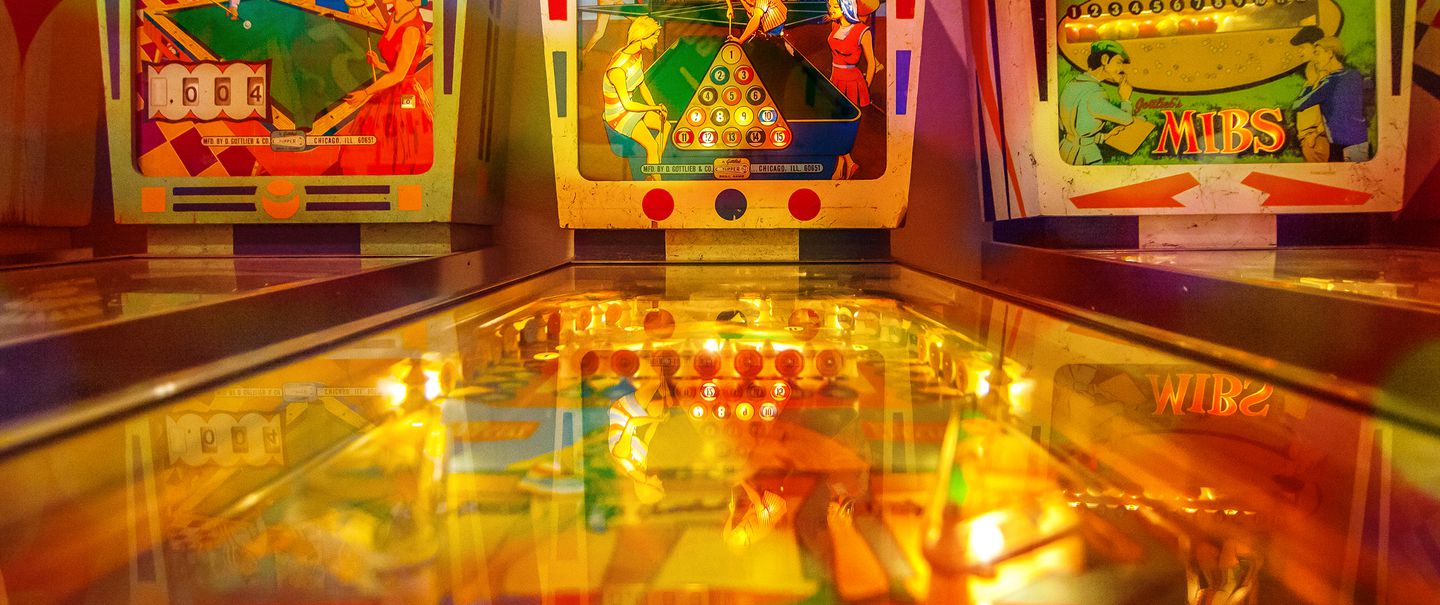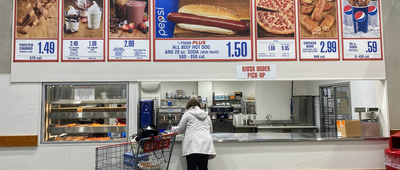Ready Player One
Pinball machines have been around for almost 90 years, evolving from shady barroom amusement in the 1930s to pop-culture phenomenon by the '70s. After a resurgence in the early 1990s, pinball nearly died out by 2000 as the Big Three manufacturers (Williams, Bally, and Gottleib) exited the business or went bankrupt. Amazingly, the game held on and has even flourished, thanks in part to fans who spread their pinball passion online and new manufacturers that have entered the business. Today, you can find pinball-themed bars, arcades, museums — and even laundromats — from coast to coast, where games old and new are just waiting to be rediscovered — or discovered for the first time. Not sure what to play first? We talked to a couple pinball experts for their take on the best games from pinball's golden era, the early 1970s to the late '90s. Odds are, you can find some or all of these classics at an arcade near you. Just bring extra quarters; most vintage games now cost anywhere from 50 cents to $1 or more to play.
Related: 50 Toy Fads That Drove Us Crazy!





















